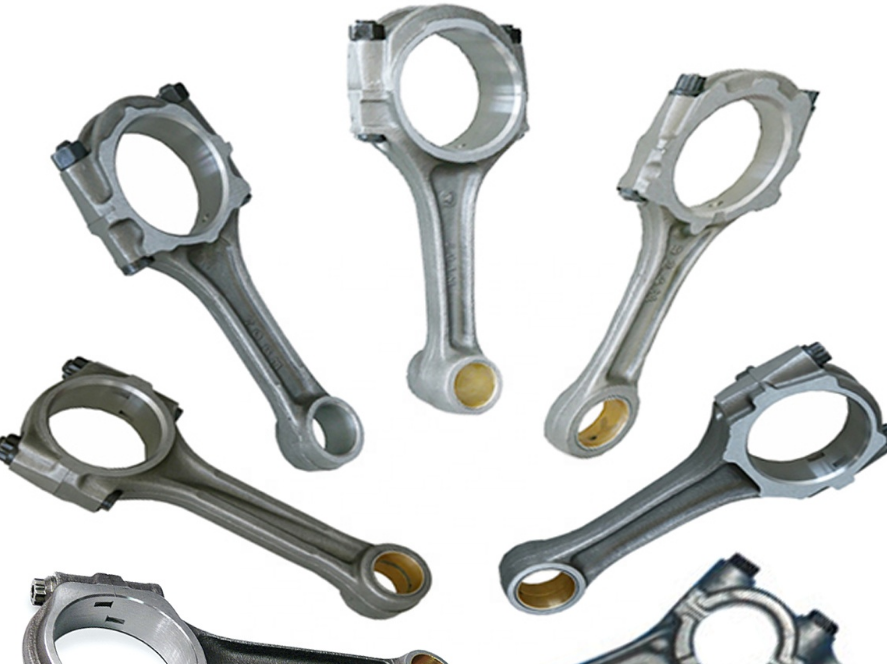A connecting rod in an internal combustion engine can break due to factors such as extreme force or pressure, which exceed the rod’s structural capacity. This often results from conditions like engine detonation, hydrostatic lock, mechanical over-revving, and excessive wear.

Factors Leading to a Broken Connecting Rod
Engine Detonation
Engine detonation, or knock, is a condition where the fuel-air mixture in the combustion chamber ignites in more than one place at a time. This can cause a dramatic increase in pressure within the combustion chamber. If this pressure is too high for the connecting rod to withstand, it can lead to the rod breaking.
Detonation is often a result of using low-octane fuel in high-compression engines, incorrect ignition timing, or overheating. Regular maintenance and tuning of the engine can help prevent conditions that lead to detonation.
Hydrostatic Lock
Hydrostatic lock occurs when a significant volume of incompressible fluid, typically water, enters the combustion chamber. When the piston attempts to compress this liquid during its upward stroke, the immense resistance can result in a broken connecting rod.
This typically happens when a vehicle goes through deep puddle or floodwater, and water gets sucked into the engine through the air intake. Ensuring that the air intake is well-positioned and sealed can reduce the risk of hydrostatic lock.
Mechanical Over-Revving
Mechanical over-revving refers to the engine exceeding its maximum designated RPM (revolutions per minute). This can occur if a manual-transmission vehicle is downshifted too soon or the clutch is released too quickly. The excessive speed can create forces that exceed the connecting rod’s strength, leading to it breaking.
Being aware of the engine’s RPM limits and changing gears appropriately can prevent over-revving.
Excessive Wear
Over time, connecting rods can wear due to the constant forces they experience. If regular maintenance is not performed and this wear is not managed, it could lead to the rod weakening and eventually breaking.
Regular inspections and maintenance of the engine can help identify and mitigate excessive wear.
| Cause | Description |
|---|---|
| Engine Detonation | Multiple ignition points in the combustion chamber causing excessive pressure |
| Hydrostatic Lock | Fluid in the combustion chamber causing immense resistance to the piston stroke |
| Mechanical Over-Revving | Engine exceeding its maximum designated RPM |
| Excessive Wear | Constant forces leading to weakening and eventual breakage of the rod |
Consequences and Detection of a Broken Connecting Rod
A broken connecting rod can have severe consequences for an engine, potentially leading to catastrophic engine failure. It could punch a hole in the engine block, cause damage to other engine components, or even result in a complete engine seizure.
Detecting a broken connecting rod can be challenging as it generally requires disassembly of the engine. However, symptoms like unusual engine noise, severe loss of engine power, and oil leaks could indicate a potential issue.
In case of suspicion, a professional mechanic should inspect the vehicle. If a broken rod is found, it will need to be replaced immediately to prevent further engine damage.